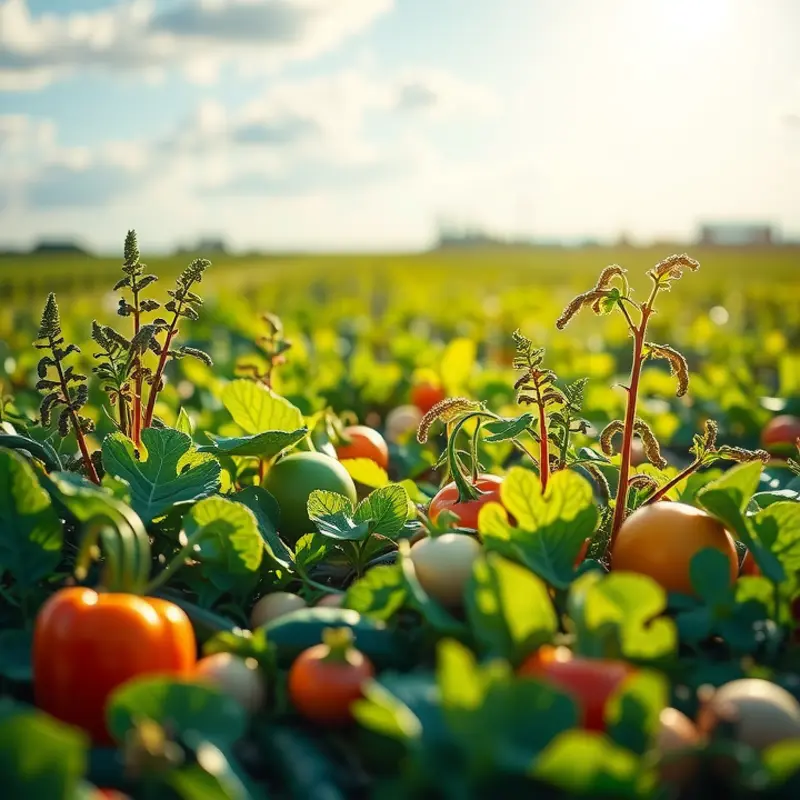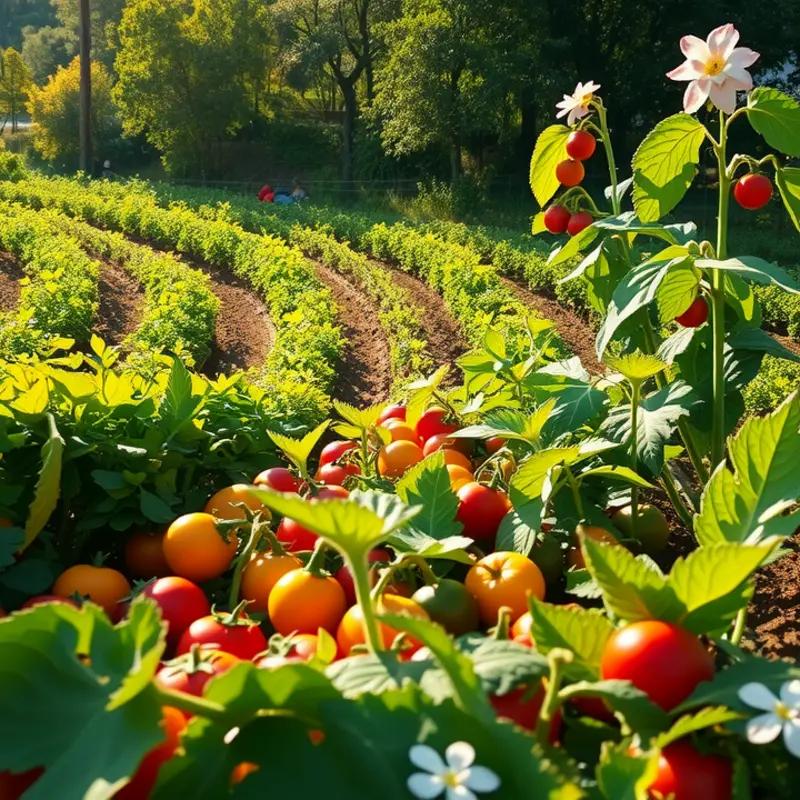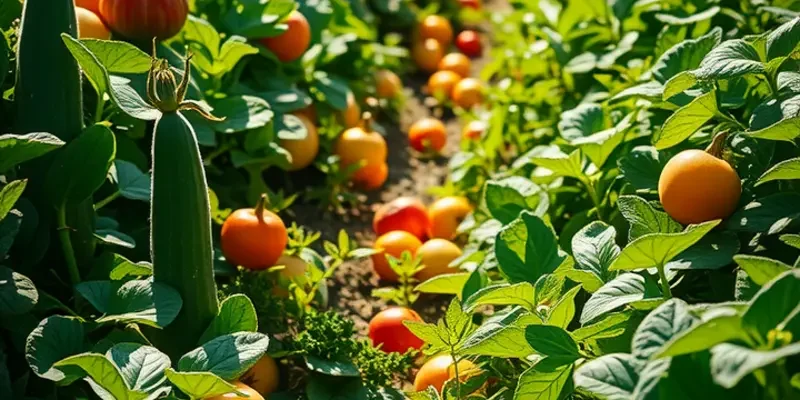Whether you’re a novice cook or a seasoned chef, managing your stovetop efficiently can elevate your cooking experience. Organizing your pots, pans, and ingredients can streamline meal preparation, making it less stressful and more enjoyable. This guide provides practical tips to help you maximize your stovetop’s potential, allowing you to tackle dishes with confidence and flair. Say goodbye to chaotic cooking sessions and hello to a newly organized kitchen workflow!
Preparing Your Stovetop Workspace

A well-organized stovetop workspace can be the cornerstone of efficient cooking. Start by clearing any clutter from your cooking area. This not only opens more space but also reduces the chaos that can occur when cooking multiple dishes simultaneously.
Begin by organizing the tools and utensils you use most frequently. Keep these within arm’s reach to avoid unnecessary trips across the kitchen while cooking. Common essential tools include ladles, spatulas, and tongs. Hang them on a nearby utensil rack or lay them in an accessible drawer.
Cleaning your stovetop surface should be a routine task, not an afterthought. Grease and spills can accumulate quickly, reducing the efficiency of heat distribution. A clean surface ensures that your pots and pans sit evenly, optimizing heating and preventing scorched food.
Stacking pots and pans requires a bit of strategy to maximize space. Larger pots and those with lids can be nested, while frequently used skillets should remain more accessible. Establish a system where frequently used items occupy top positions, similar to a functional form of culinary Tetris.
Define designated areas for every kitchen tool. This modular approach minimizes the time spent searching for a misplaced item. It also streamlines meal preparation, reducing stress and increasing enjoyment.
A protective stovetop mat is an investment worth considering. Not only does it safeguard against spills and scratches, but it also simplifies the cleaning process, extending the lifespan of your appliance.
Choose a selection of versatile spices that can enhance a range of dishes. Keeping these within easy reach allows you to adjust flavors swiftly and creates a seamless cooking experience. For example, exploring flavorful additions without relying heavily on salt can broaden your culinary palette.
A well-prepared workspace ultimately leads to a more focused and satisfying cooking experience. By thoughtfully arranging and maintaining your stovetop area, you ensure that each meal preparation is as effortless as possible. Take the time to establish an efficient setup, and watch your cooking become more streamlined and enjoyable.
Cooking Techniques for Timely Meals

Mastering the stovetop requires not just clean countertops but also effective cooking techniques. This involves intelligent multitasking—maximize your burners by using multiple pots at once. While one pot simmers away, take advantage of the time by sautéing vegetables or whipping up a sauce on another burner. This approach not only helps in managing time better but also ensures that all components of your meal are ready simultaneously.
Using lids efficiently can significantly enhance your cooking speed. A simple lid traps steam, which can raise the temperature inside the pot and reduce cooking time. Whether simmering soups or boiling pasta, making ingredients cook faster without sacrificing quality is key.
Consistent stirring is another fundamental technique, especially for dishes prone to sticking. Frequent stirring keeps your ingredients moving, preventing them from clinging to the bottom of the pot and burning. This simple action also ensures even heat distribution, which is vital for perfecting dishes like risottos and stews.
Understanding optimal cooking temperatures is crucial. Certain methods, like searing meat, require high heat, while others, like gentle poaching, demand a much lower temperature. Getting familiar with these temperature nuances ensures your ingredients are cooked just right, enhancing flavor and texture without delay.
Timers become your ally in avoiding the mishap of overcooked meals. Set them not just for whole dishes, but for individual components, especially if you’re preparing multiple pans or using a timer for rest periods between cooking stages. The accuracy of a timer prevents dishes from becoming soggy or overcooked, crucial when time is of the essence.
Meal planning is another cornerstone of timely stovetop management. Prepping ingredients in advance is a smart strategy: dice, chop, and marinate before even lighting a burner. This proactive approach not just saves time but also reduces the stress of last-minute preparations and potential missing ingredients.
Engage in batch cooking to streamline weeknight meals. By cooking larger quantities, you save future cooking time, ensuring you have delicious homemade meals with minimal effort on busy days. Dishes like soups, stews, and casseroles are ideal candidates for batch cooking. Learn more about practical batching techniques in this reference guide.
Incorporate these techniques to transform your stovetop from a simple cooking tool into an efficient ally. By evolving from basic cooking to skilled meal preparation, you can handle any culinary challenge thrown your way, all while saving crucial kitchen time.
Final words
Effective stovetop management is about more than just organization; it’s about creating a cooking environment that empowers you to produce delicious meals efficiently. By preparing your workspace and employing techniques that maximize your stovetop’s potential, you can transform your cooking routine. Remember to take your time to learn what works best for you, and don’t hesitate to experiment. With practice, you’ll find joy in cooking and increase your confidence in the kitchen, turning each meal preparation into a rewarding experience.







